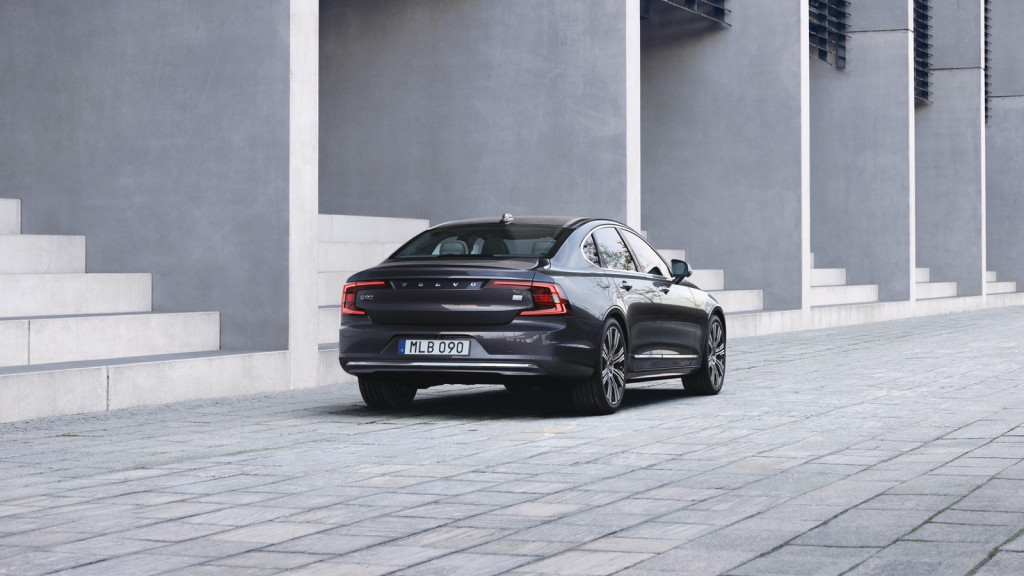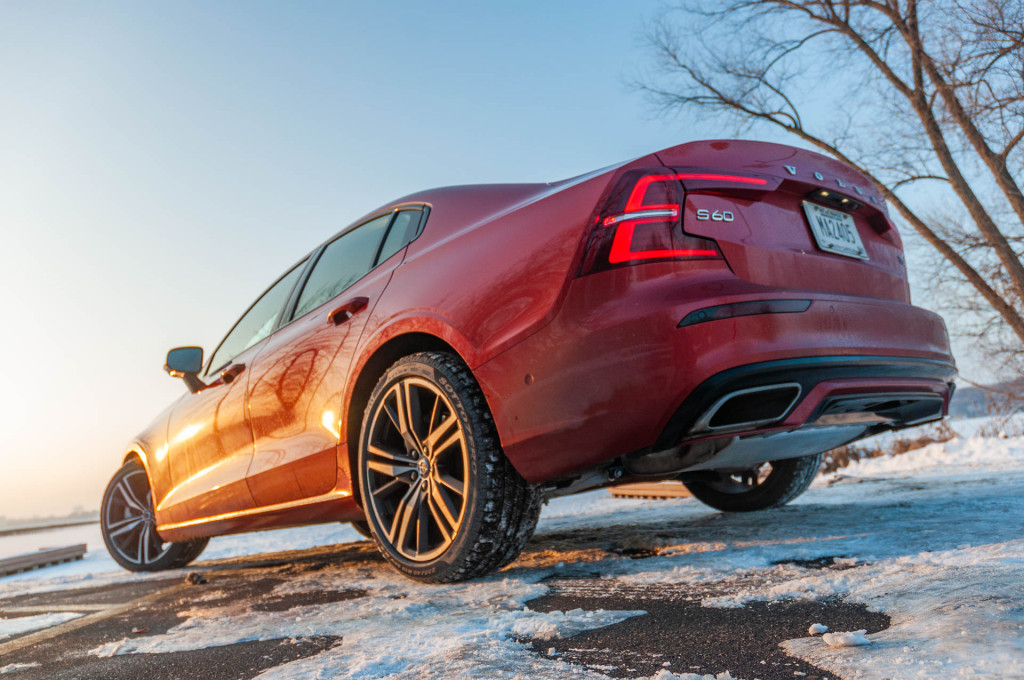In the past we’ve asked how far off in the future tailpipes might be seen as socially inferior and morally wrong—or at the very least, uncouth.
That time might have already arrived. Volvo announced Monday, within a series of styling and feature updates to its model lineup, that it’s hiding its exhaust tips within the rear bumper cover on many of its models for the 2021 model year.
“Exposed tailpipes have traditionally reflected the power and speed of internal combustion engine cars,” said Robin Page, Volvo Cars’ global design chief. “By deleting what was once a prominent feature we are not only sending a message that says they are no longer needed, but we are able to simplify the design further expressing Scandinavian luxury.”
The difference is quite pronounced. In the picture set below, the large image on top is the 2020 Volvo S90. The two images below it are of the 2021 S90. Volvo's V90 and V90 Cross Country have a similar design change.

2020 Volvo S90

2021 Volvo S90 (concealed exhaust tips)

2021 Volvo S90 (concealed exhaust tips)
Intrigued, Green Car Reports pushed for more about this—with Volvo stating clearly that it sees the move as a positive image adjustment on the way to electric cars. Here are our questions and Page’s answers:
Is this intended as a move to coordinate the look of everything in the lineup, from gasoline to PHEV to EV?
Yes, we love the clean Scandinavian design look and the positive message it portrays to our customers as we move into electrification.
Design-wise, is this founded in data/consumer research on how people react to exposed exhaust tips, or is it purely part of making the cars more cohesive?
Both. We understand from our customers that the strive for cleaner cities and environmental improvements is even more important and therefore we want to reflect that in the design. We also want to bridge our journey into full electric cars.
Will exhaust notes be changed to match the more understated placement of exhaust tips?
We evaluate the noise of the exhaust with each product and our experts in engineering tune the noise to give the right balance for each car line.

2021 Volvo XC40 Recharge
Volvo is aiming to make 50% of its global sales fully electric by 2025. That movement will be led by the XC40 Recharge electric SUV, set to arrive later this year.
In what it indeed sees as a bridge to fully electric, Volvo is putting more of an emphasis on plug-in hybrids. It has also dropped prices on some of its plug-in hybrids for 2021, with the aim of making them 20% of its U.S. sales, up from about 4% last year. On the way to that same goal, it’s introduced a program that reimburses owners for plugging in.
Volvo is also one of the full-line automakers that have stepped up to make a voluntary agreement with California, pledging to adhere to tighter greenhouse-gas reductions than those required by the federal government—and to put more plug-in hybrids and EVs on the road.
Electric cars do of course also contribute to pollution, but they have the potential to take advantage of an electrical grid that continues to get cleaner over time with the incorporation of more renewable sources like solar and wind. And power plants tend to be farther from population centers than, well, the back of your vehicle.

2020 Volvo S60
In recent years, even after Tesla has become one of the trendiest brands and all-electric vehicles started to be taken more seriously, exhaust pipes have grown larger and shinier. Some automakers—Ford, for instance—have even turned to fake chromed tips while routing exhaust below.
But there you have it. Volvo sees exhaust tips as no longer in vogue, and at a time when electric is cool it's possible other automakers might follow suit. Unless, perhaps, you relish rolling coal and sharing your high-decibel exhaust note with the neighborhood.
Now, is this the start of a trend? Please let us know in your comments below.













